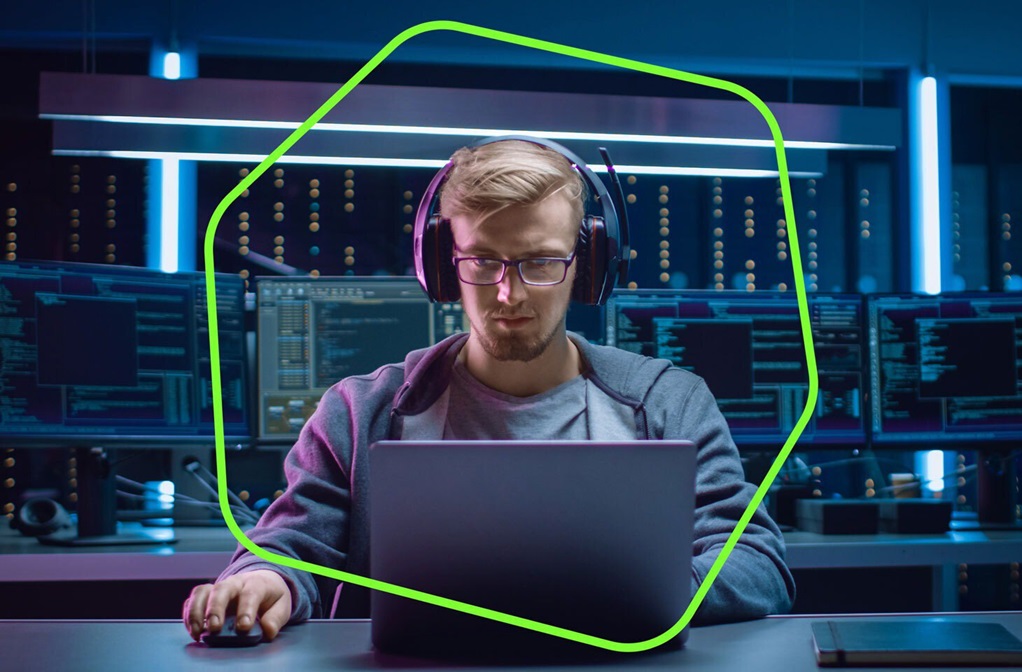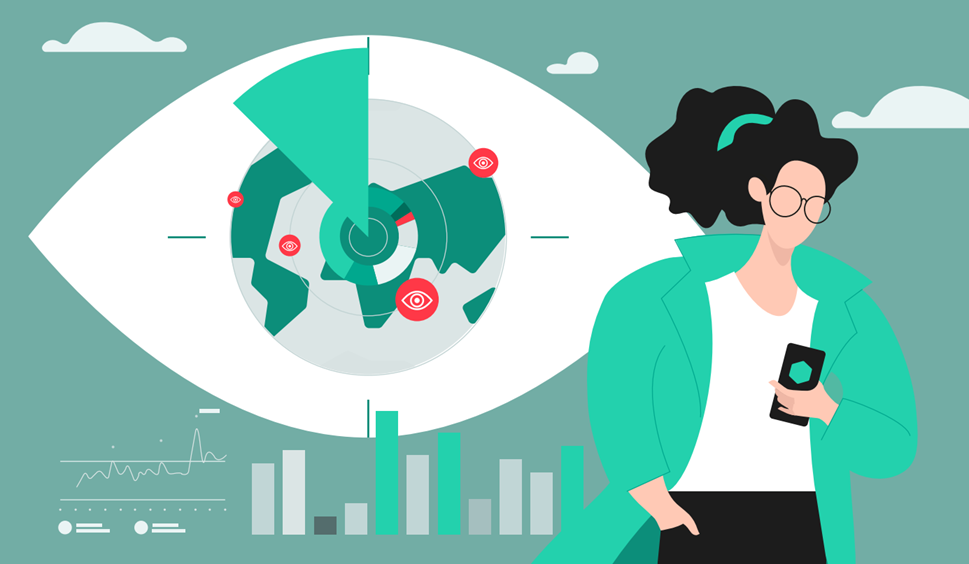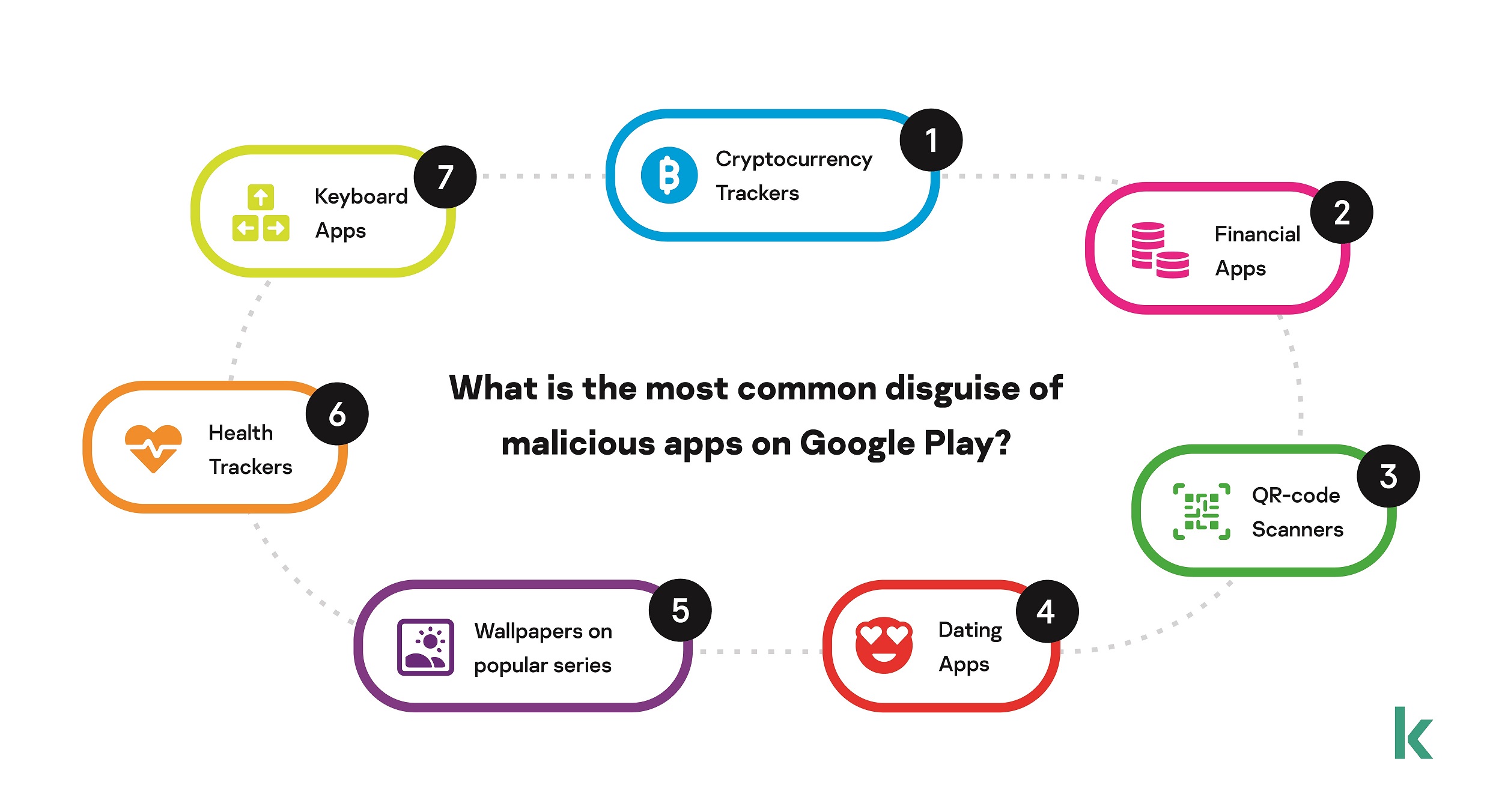By Chris Buchanan, Client Solutions Director, Dell Technologies South Africa
The last few years have changed all aspects of working and we’re now embracing a very different workplace where industries have implemented flexible working models as they move towards a more permanent hybrid state. According to the KPMG 2023 CEO Outlook, hybrid remote working is favoured by the majority of workers in South Africa, particularly the younger generation which values the autonomy and flexibility offered by remote work.
However, remote working has also brought a new set of challenges for businesses, including barriers to collaboration and communication, difficulties managing productivity, technical issues and, most importantly, a more challenging security threat landscape.
This is something we know to be an issue. It was revealed in our 2024 Global Data Protection Index that 78% of organisations believe they have increased exposure to data loss from cyber threats due to the growth in employees working from home. As organisations continue to embrace the future of work, the need for a robust cybersecurity strategy has never been more critical. Over half (56%) of those who experienced a cyberattack said the attackers’ first point of entry was external, such as users clicking on spam or phishing emails and malicious links or compromised user credentials. This highlights how a shift to remote working has magnified IT operational challenges.
The good news is that CIOs are shifting their spending to address this, with the 2024 Gartner CIO and Technology Executive Survey revealing that 80% of CIOs reported a planned increase in spending on cybersecurity in 2024. As businesses strive to maintain secure digital estates, here are five key areas to consider when investing in tools for the future workplace:
- Endpoint Security has become a critical focal point in a decentralised landscape
Flexible working means that traditional network perimeters are increasingly porous. With employees accessing company resources from various locations and devices, endpoint security is a focal point in cybersecurity strategies. It is imperative businesses invest in strong endpoint protection solutions, where any physical device connected to the corporate network is protected and the attack paths are secure from cyber criminals. However, this needs to extend beyond the confines of just the corporate network.
By adopting advanced endpoint protection tools such as endpoint detection and response systems, businesses can enhance their ability to detect and mitigate threats across diverse endpoints. Regular software updates, patch management and device encryption are essential components of a comprehensive security strategy.
- Zero Trust architecture is emerging as a paradigm shift in cybersecurity
The traditional approach of trusting entities within the corporate network has proven inadequate in the face of today’s cyber threats. Zero Trust architecture operates under the assumption that no user or device, inside or outside the corporate network, is trusted by default.
Implementing a Zero Trust model involves stringent access controls, continuous monitoring and multifactor authentication. By adopting a least-privilege approach, organisations can restrict user access to only the resources necessary for their roles, minimising the potential impact of a security breach. This approach is particularly crucial in remote work settings, where employees connect to corporate networks from diverse locations and networks.
- Cloud security in a flexible work environment is paramount
The adoption of cloud services is integral to modern business operations, offering scalability and flexibility. However, as organisations leverage cloud platforms for storage, collaboration and computing power, ensuring optimum cloud security measures is paramount. In the future workplace, where employees access cloud resources from various locations and devices, securing the cloud infrastructure becomes a critical consideration.
Businesses must implement secure identity and access management solutions to control user access to cloud resources. Encryption of data both in transit and at rest, regular security audits and compliance monitoring are essential to a comprehensive cloud security strategy. Collaborating with reputable cloud service providers that prioritise security can further enhance organisations’ resilience against cyber threats in the cloud.
- Establishing a robust incident response plan is imperative for businesses
No organisation is immune to cyber threats, and despite 72% of respondents believing that if they suffered a cyberattack they would get all their data back, this isn’t always the case! In the event of a cyberattack, a well-coordinated response should include clear protocols for identifying, containing, eradicating, recovering and learning from incidents.
Regularly testing and updating the incident response plan ensures its effectiveness. Simultaneously, organisations must develop comprehensive strategies for maintaining essential operations in the face of a cybersecurity incident, thus minimising potential downtime and financial losses.
- Generative AI-driven innovations will play a critical role in reshaping the future of work environment
GenAI has emerged as a powerful tool for bolstering cyber defences. It can enhance detection and response to anomalies and potential threats in real time. For those who do gain access, it can isolate the attackers and stop them spreading further. By continuously monitoring user behaviour and network activity, GenAI can strengthen the cybersecurity position of the organisation and adjust permissions based on risk assessments.
From a consumer perspective, as AI-enabled PCs capabilities scale developers will increasingly maximise local performance as they have throughout PC history. This would mean AI-enabled PCs keep the AI technology local to that device, strengthening its cyber defences as it learns more about the user’s usual activity on the device.
As the way we work evolves, so too must the way we protect ourselves. That is why businesses which invest in cybersecurity tools that are effective for distributed workforces will see a significant advantage against less-prepared competitors. By adopting a range of future-proofing strategies, these businesses will find themselves in the best position to protect their organisations while still providing employees with the flexibility that defines the future of work.
Article Provided







































